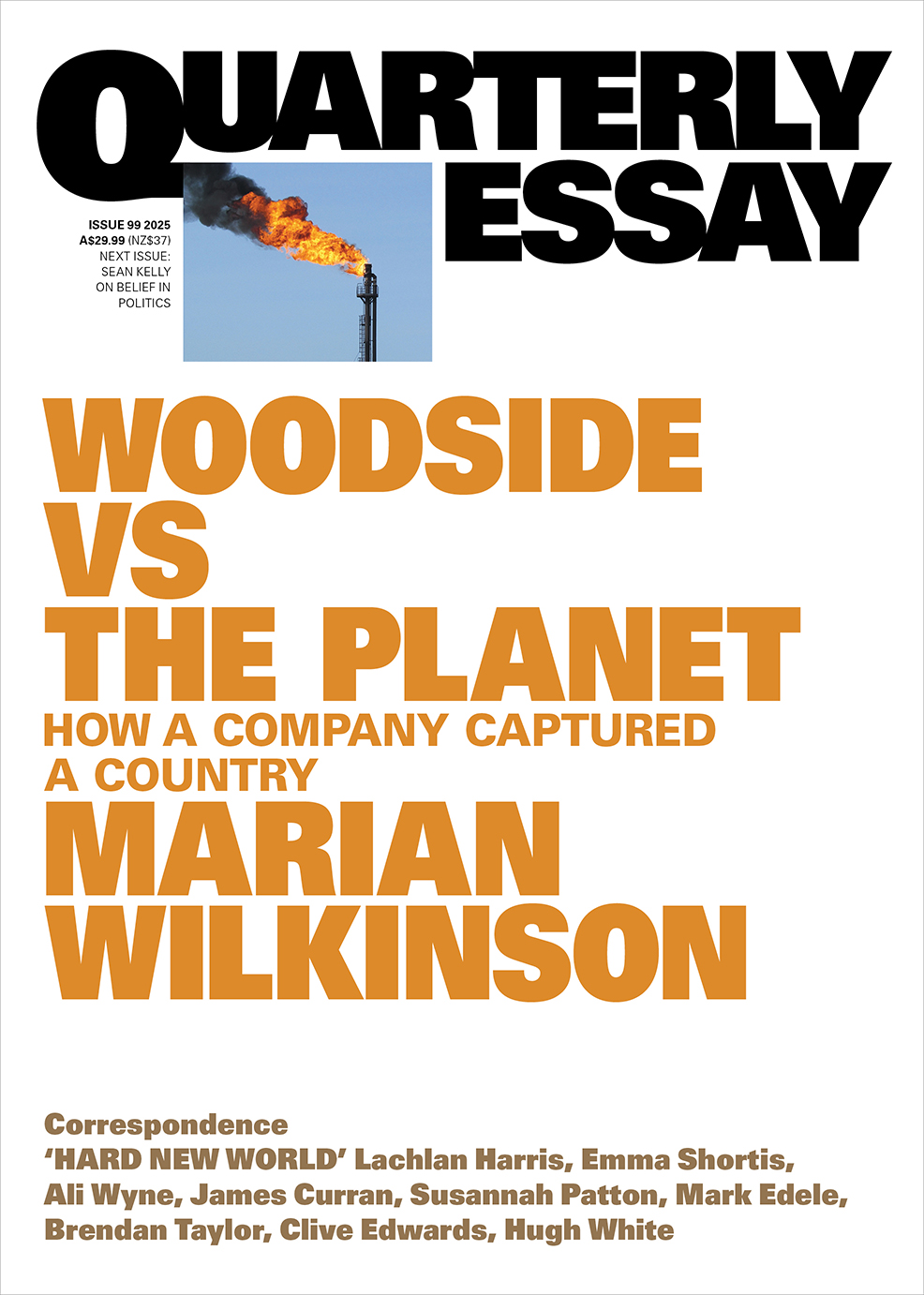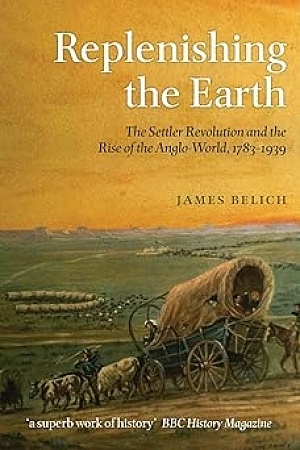The Great Australian Denial
W.E.H. Stanner’s coinage ‘the great Australian silence’ must be one of the best known in Australia’s modern history. It must also rank alongside Donald Horne’s ‘the lucky country’ as one of the least understood.
There is nothing remarkable about this phenomenon. The way a text is received by readers and listeners is seldom in keeping with its creator’s purpose or intention. This is so for several reasons. Most importantly perhaps, any text is open to being read in multiple ways, and in the case of canonical texts like Stanner’s that reception is usually fundamental to its impact.
The way many understand Stanner’s ‘the great Australian silence’ is primarily a function of the way it has been received by professional historians. Most historians, not surprisingly, have interpreted his famous coinage in keeping with the cultural codes of their discipline rather than those of Stanner’s, which was anthropology.
At the very least, historians have tended to imply that Stanner was using the word ‘silence’ in its literal sense, thereby leading many to assume that this country’s Black (or Indigenous) past has seldom, if ever, been talked about. Stanner knew this was not the case. He was using ‘silence’ as a metaphor.
Continue reading for only $10 per month. Subscribe and gain full access to Australian Book Review. Already a subscriber? Sign in. If you need assistance, feel free to contact us.









Leave a comment
If you are an ABR subscriber, you will need to sign in to post a comment.
If you have forgotten your sign in details, or if you receive an error message when trying to submit your comment, please email your comment (and the name of the article to which it relates) to ABR Comments. We will review your comment and, subject to approval, we will post it under your name.
Please note that all comments must be approved by ABR and comply with our Terms & Conditions.